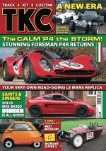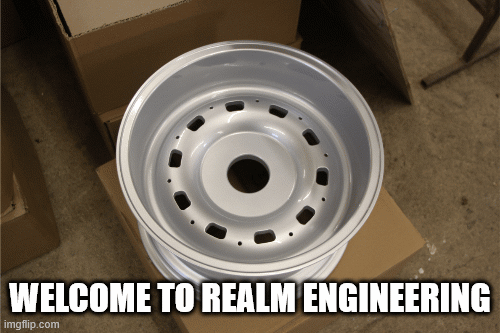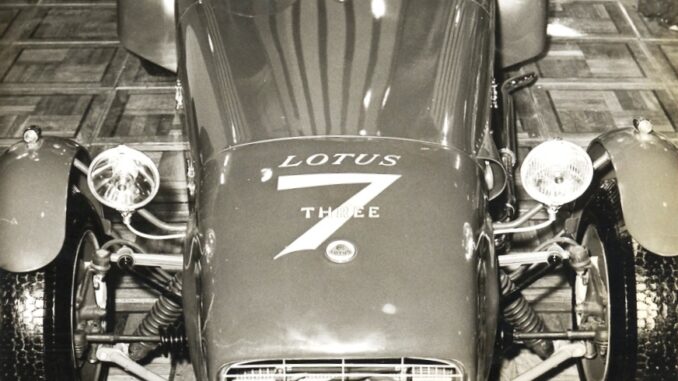
STEVE HOLE tells the story of a very special version of the Lotus Seven …
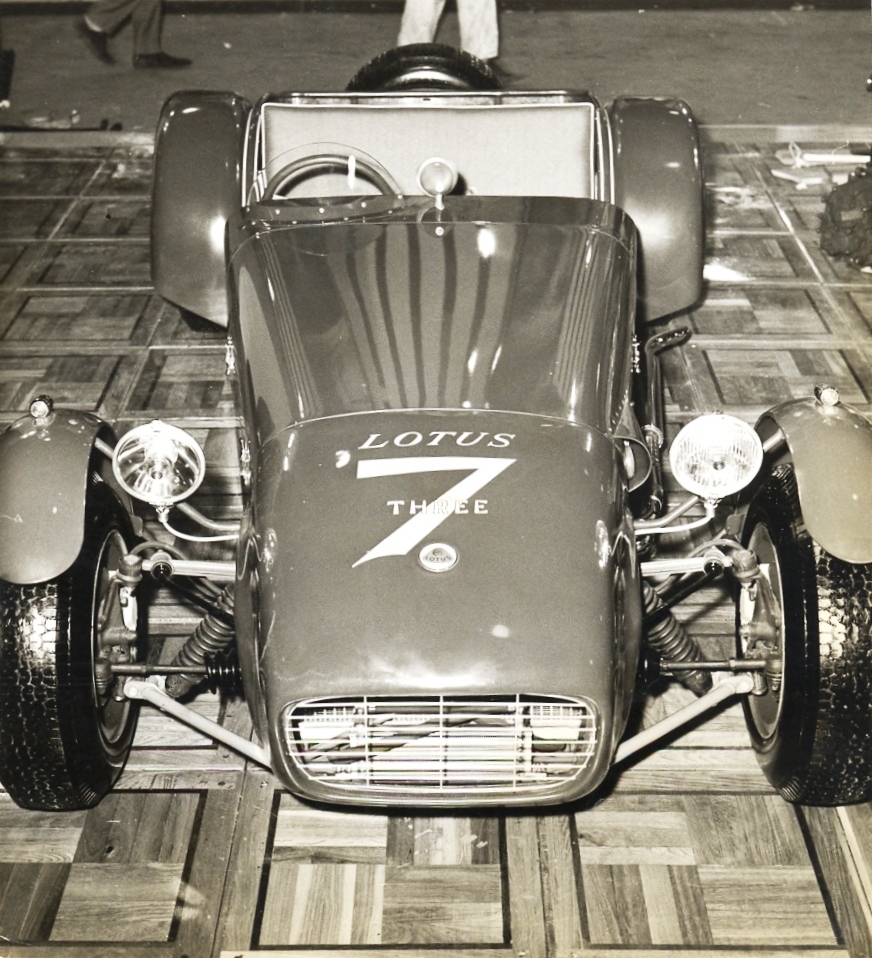
Here’s the Type 3-7 on the Lotus stand at the Racing Car Show in January 1965. Photo courtesy of John Watson
Having recently completed a book called ‘The Caterham Seven Story’ for Crowood Press (due out April 2026), if I thought I knew everything there was to know about the legendary sportscar, I most definitely didn’t.
One curiosity I uncovered during my research was the one-off (yet very successful) Lotus Type 37 aka know variously as ‘Three Seven’, ‘Three 7’ or officially by Lotus back in the day as ‘Lotus 3-7’.
It came about after Colin Chapman had been very miffed by the fact his employee, the legendary designer, Len Terry, who had created the Terrier marque, had won the Colin Chapman Clubman Trophy (the forerunner of the Clubmen’s Championship) in 1964, with a Terrier Mk3 in the hands of future engine builder, Brian Hart.

John Berry Racing Type 3-7 in 1965 in the BRSCC’s Clubmen’s Championship. Pic courtesy of John Watson
Len always reckoned that this was one of the reasons that he thinks he got the sack from Lotus (although he later went back) and there is a great quote from Len, which, years later he confirmed to me: “Chapman didn’t like my sense of humour; while I didn’t like the fact that he didn’t have one.”
Despite often being quite disparaging about Colin Chapman, Len was unequivical in his belief that Chapman was in his opinion the greatest chassis designer of all.
Anyway, back to Type 37. Having been beaten in his eponymous race series (otherwise full of Sevens), Colin Chapman decided that he’d build a car to make sure it didn’t happen again, hence Type 37.
It debuted at the Racing Car Show at the Royal Horticultural Halls in Westminster in January 1965 and it duly won the new for 1965, BRSCC Clubmen’s Championship for Lotus engineer Peter Brand to campaign, although it was John Berry (then Lotus sales manager) who raced it in 1965. Interstingly, I’ve seen it written that Berry had to give up his sales commission when he purchased the ‘37’! The design was a Bill Wells production. The car was later owned by well-known Seven racer, Tim Goss.
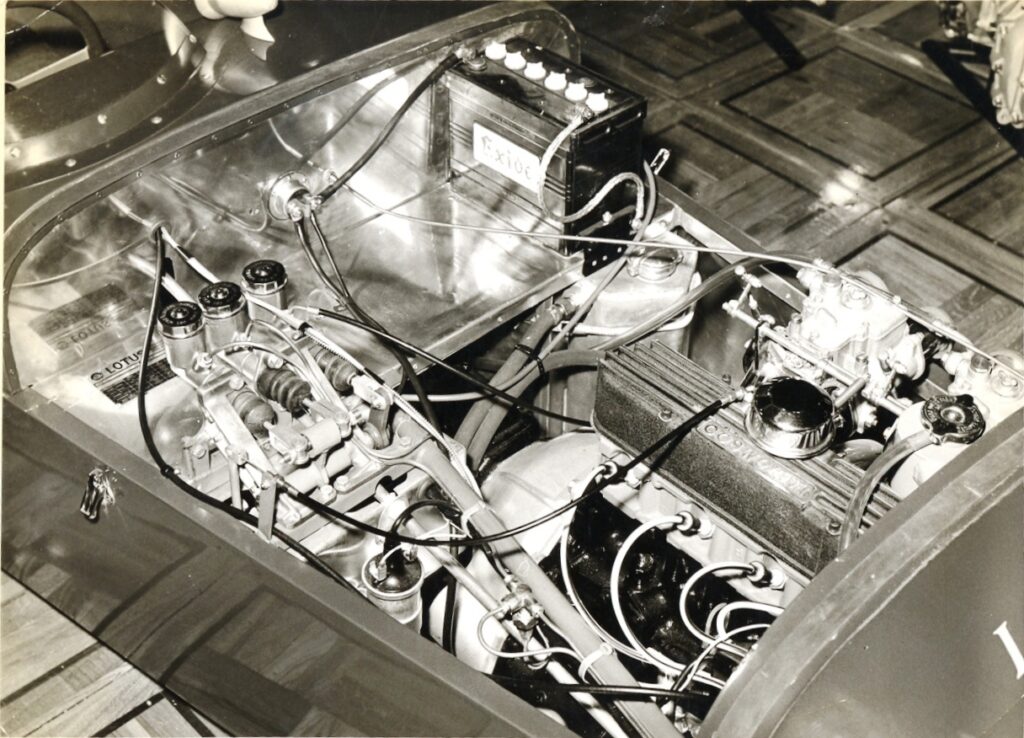
Type 37 engine bay where you can also make out the dual circuit brake set up. Pic courtesy of John Watson
Ironically, Len had been involved in 3-7’s design coming up with the rear suspension for the car. He details it in his highly recommended book for Robert Bentley Publishing (long out of print) called ‘Racing Car Design and Development’.
It was basically the same set-up that he later used on a Can-Am car project for Carroll Shelby. This had originated on his Terriers and he described it as an IRS system for the Lotus Seven, where he turned the bottom wishbones into parallel arms, which he said reduced bump-steer.
The chassis was effectively a Seven S2 item, with additional triangulation (Lotus and trinagulation go hand-in-hand!) with a Elite-spec differential fitted. Rear brakes were inboard discs with Girling calipers.
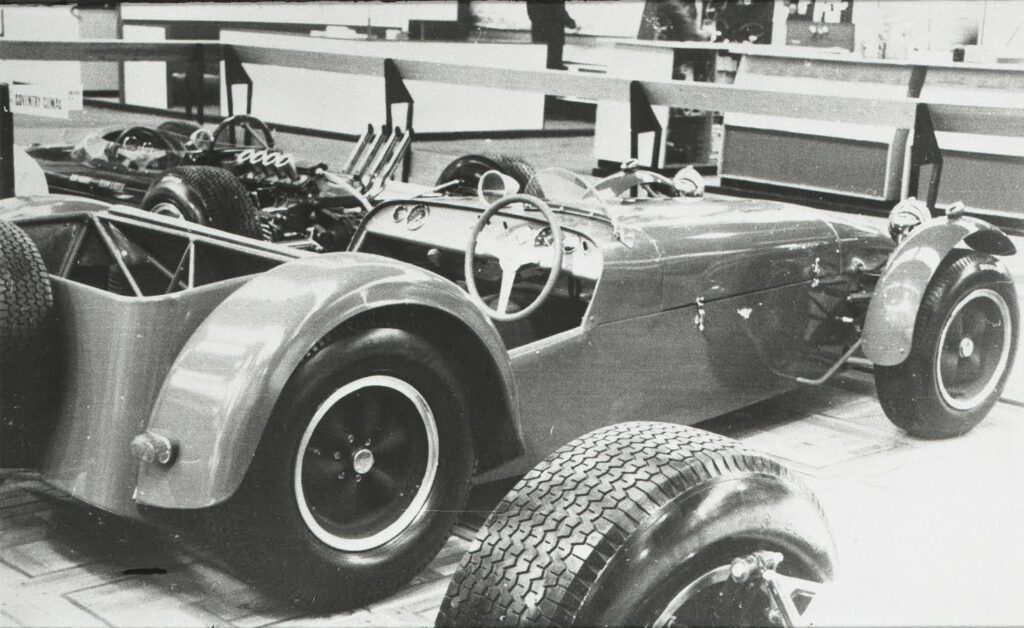
Pic courtesy of John Watson
Front suspension was identical to that of the Seven S2 also shared by Elite and Lotus 12. It featured a forged upper link with ball-joints at the end of each link, which basically created a top wishbone which duly had an anti-roll-bar fitted to them.
Discs were also used on the front end although used outboard and the wheels were the obligatory 13in ‘Wobbly Web’ Elektron magnesium cast wheels. Incidentally, although Chapman is often credited with their design, I believe that one of his most heralded engineers, Gilbert ‘Mac’ Mcintosh, was actually responsible for them. Stone Foundries of Charlton cast them.
Power came from a Cosworth-Ford 116E pre-crossflow 1500cc four-cylinder engine with twin Webers. The unit featured a dry sump kit and produced 120bhp.
As with all things of a classic Lotus nature an intriguing tale of a very special Seven derivative.
For information on historic Lotus I recommend John Watson’s fine website www.lotus7register.co.uk.

